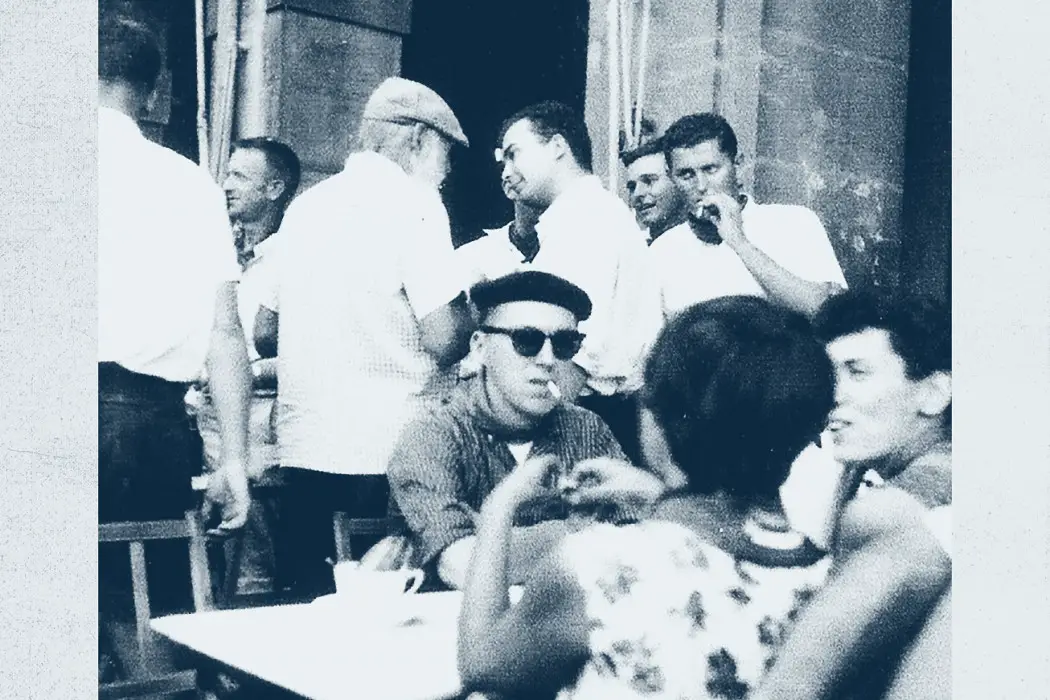
Additionally, Lambert et al 19 conducted a systematic review of the effects of IASTM compared with other interventions but only examined the clinical outcomes of pain and function. Recently, Cheatham et al 18 published an IASTM systematic review however, their search was limited in study selection, and the findings were inconclusive because of variability in study designs.

17 It can therefore be tedious for a clinician to sift through the vast array of published works to determine best practices. 15, 16 The IASTM literature has been inundated with successful case studies and case series (level 4 research). 4 – 6 As such, many IASTM instruments, companies, and proposed application protocols, including ASTYM (Performance Dynamics, Muncie, IN), 7 Fascial Abrasion Technique (FIT Institute, Niagara Falls, ON, Canada), 8 Graston Technique (Indianapolis, IN), 9 and HawkGrips (Conshohocken, PA), 10 to name a few, exist.ĭespite instrument and protocol variability, all of these techniques and companies plus others 11, 12 fall under the IASTM umbrella 13 and refer to the same studies that have found IASTM facilitates the healing process through increased fibroblast proliferation 3, 14 and increased collagen synthesis, maturation, and alignment. 3 Modern-day IASTM instruments vary in material (eg, stainless steel, plastic) and design 2 and are used to improve a variety of musculoskeletal conditions and associated outcomes. Similar to massage, the motions used during IASTM treatments vary in direction, force, and pattern and allow for pressure to be dispersed to the underlying tissues.

#THINKING ROCK REVIEW MANUAL#
2 It has recently emerged as a popular alternative to traditional manual therapy techniques, but the first controlled IASTM study 3 was published in 1997.

Instrument-assisted soft tissue mobilization (IASTM) is the use of hard tools to manipulate soft tissue and was derived from the Cyriax 1 cross-friction massage.


 0 kommentar(er)
0 kommentar(er)
